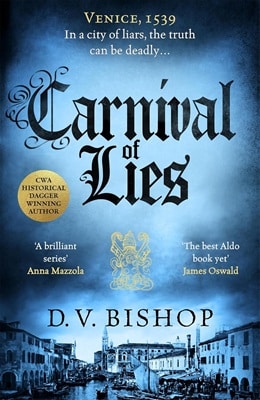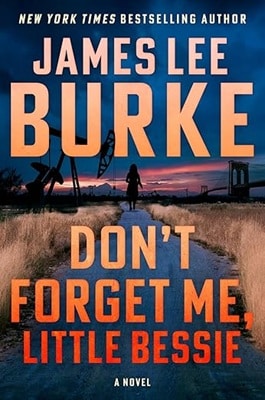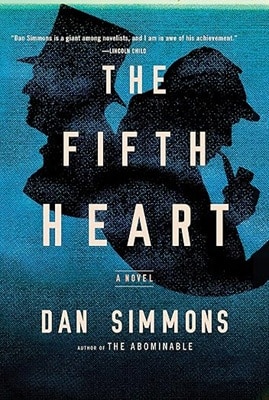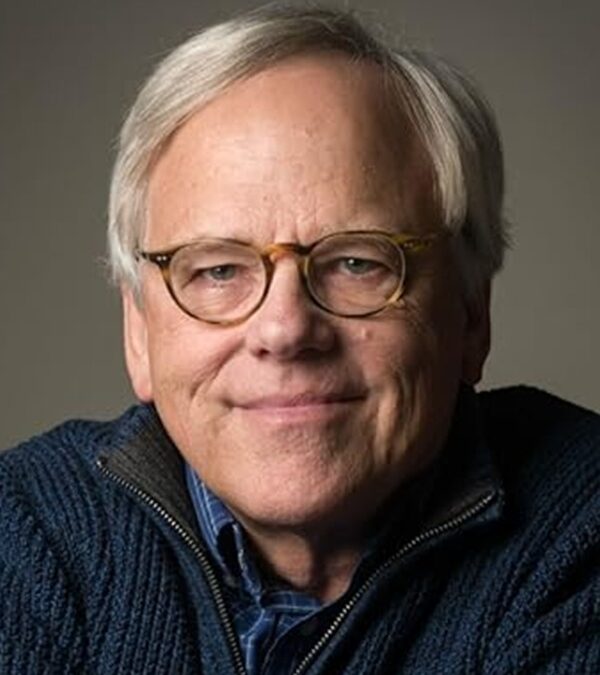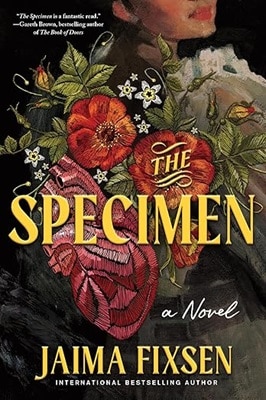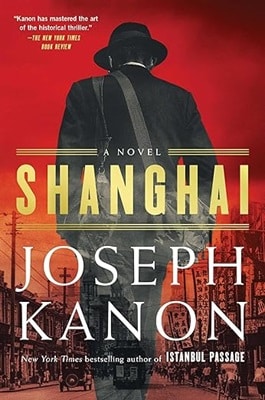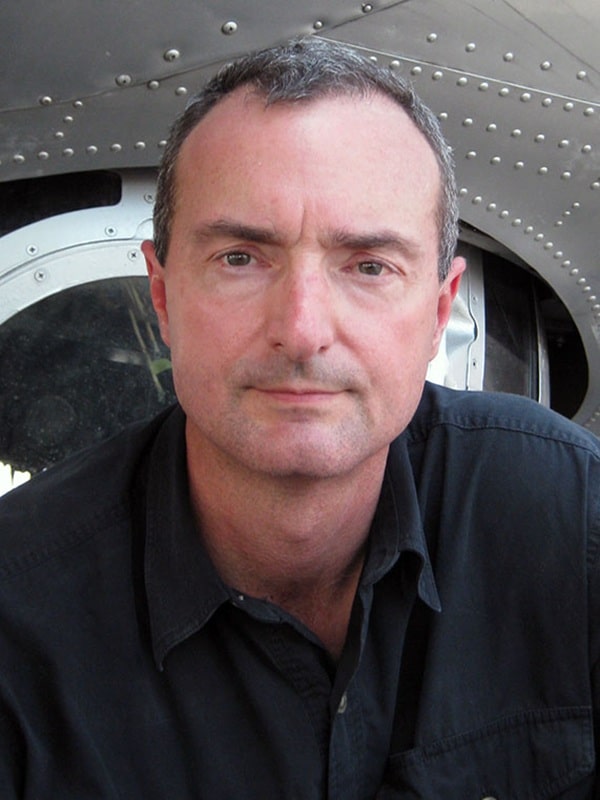
Tom Young served in Afghanistan and Iraq with the Air National Guard. He has also flown combat missions to Bosnia and Kosovo, and additional missions to Latin America, the horn of Africa, and the Far East. In all, Young logged nearly 5,000 hours as a flight engineer on the C-5 Galaxy and the C-130 Hercules, while flying to almost forty countries.
Q: What was the idea behind this book?
Tom: I have always been fascinated by WWII history. Now it has been eighty years since the end of the war. Because so many novels have been written with the war as a setting, what I have tried to do is look for the lesser-known corners of WWII history. For me, one of those lesser-known corners was the air operations that supported the French Resistance.
Q: As a pilot yourself, how did you approach writing the flying scenes?
Tom: I tried to put the reader in the cockpits of my stories. I have not flown WWII-era aircraft but have been a passenger in a few. What helps me write those scenes authentically is old training videos found on YouTube. I watched how the engine was started on a B-17 Flying Fortress and how to run the checklist on all the aircraft of that era. I took a few notes while watching those videos.
Q: You featured several different planes in this story. Why include dogfights reminiscent of Snoopy and the Red Baron?
Tom: The Lysander plane, Simoun plane, and Walrus plane are in this book, all propellers. Jets were under development in the 1930s and 1940s, but really in their infancy during WWII. Any Allied plane flying over occupied Europe during the war was in danger both from anti-aircraft artillery and from the German fighter planes. They both posed great dangers. I remember my grandfather, who was a mechanic on B-17s during WWII, talked about how the planes had significant battle damage.
Q: How were aerial photographs taken during the war?
Tom: Cameras were old-school film. Once they started the photographic run over the target, and they wanted to take a picture, they started the camera running. It would continuously take pictures until turned off. As they flew over a target, the angle changed. The photos from different angles could be put together to estimate the height of the different targets. Yet, nothing is better than eyes on the ground that provide valuable intel.
Q: Why was there a need for a mapmaker in your story?
Tom: Initially, Charlotte, the female lead, provides valuable intel with her hand-drawn diagrams. After she took a different role in the war effort, she provided intelligence by analyzing the different photos, which is a similar kind of work. Cartography is a related field to photo interpretation.
Q: How would you describe Charlotte?
Tom: She is a French American woman. She is very valuable to the Allied cause. Charlotte is a warrior who is determined and loyal. She was an art student in France.
Q: How would you describe Phillipe?
Tom: He has psychological wounds by having his judgment questioned. Phillipe feels he has something to prove. He is brave and courageous.
Q: What elements of the story are based on real events?
Tom: Virginia Hall is a real character who makes a cameo appearance. She was an American woman who worked originally for British intelligence and later for the OSS, the forerunner for the CIA. She coordinated between the Allied forces and the French Resistance.
The Ambin prison escape is also true. There was the mission, Operation Jericho, that was daring. The British received intelligence that the French resistance prisoners held by the Germans were to be executed. It was a brilliant operation to send light Mosquito bombers at a very low level to bomb accurately to make holes in the prison walls and bomb the guard’s barracks. It was very risky but was somewhat successful to have some prisoners escape. They pulled it off with 1940s technology.
In Oradour-sur-Glane the Germans massacred the townspeople. The French preserved the burned-out ruins of the town as a memorial of what happened there. The Germans and the Vichy French, Malice, the counterparts to the Gestapo, were very brutal. They collaborated with the Germans.
Q: Can you share what you’re working on next?
Tom: I have been researching a bit of local history in Virginia. Back in the 1930s there was a Jewish man, William Thalhimer, living in Richmond, who had a very successful chain of department stores. He was aware of what was happening to Jews in Germany. He came up with a plan, in 1938, to buy a farm in rural southern Virginia, where he placed thirty young Jews after rescuing them from Germany. Most of them joined the US military.
The Mapmaker by Tom Young is a thrilling historical novel. Young uses his personal experience, having served in Iraq, Afghanistan, and dozens of other countries as an Air National Guard flight engineer on the C-130 Hercules and C-5 Galaxy, to write intense scenes where the reader feels they are in the cockpit.
The two main figures in the story are Charlotte Denneau and Philippe Gerard. She is an art student who uses her skills to sketch various German sites that will enable the allies to attack them. Philippe is a French pilot who joined the British Royal Air Force, flying small engine propeller planes to rescue clandestine agents in France. Both put their lives in danger as the Germans and the French collaborators are determined to find, arrest, and torture those in the French resistance and those trying to rescue them.
This story shows how the courageousness of a few helped the allies to overtake the Germans. The book intertwines fact and fiction making for an exciting story.

